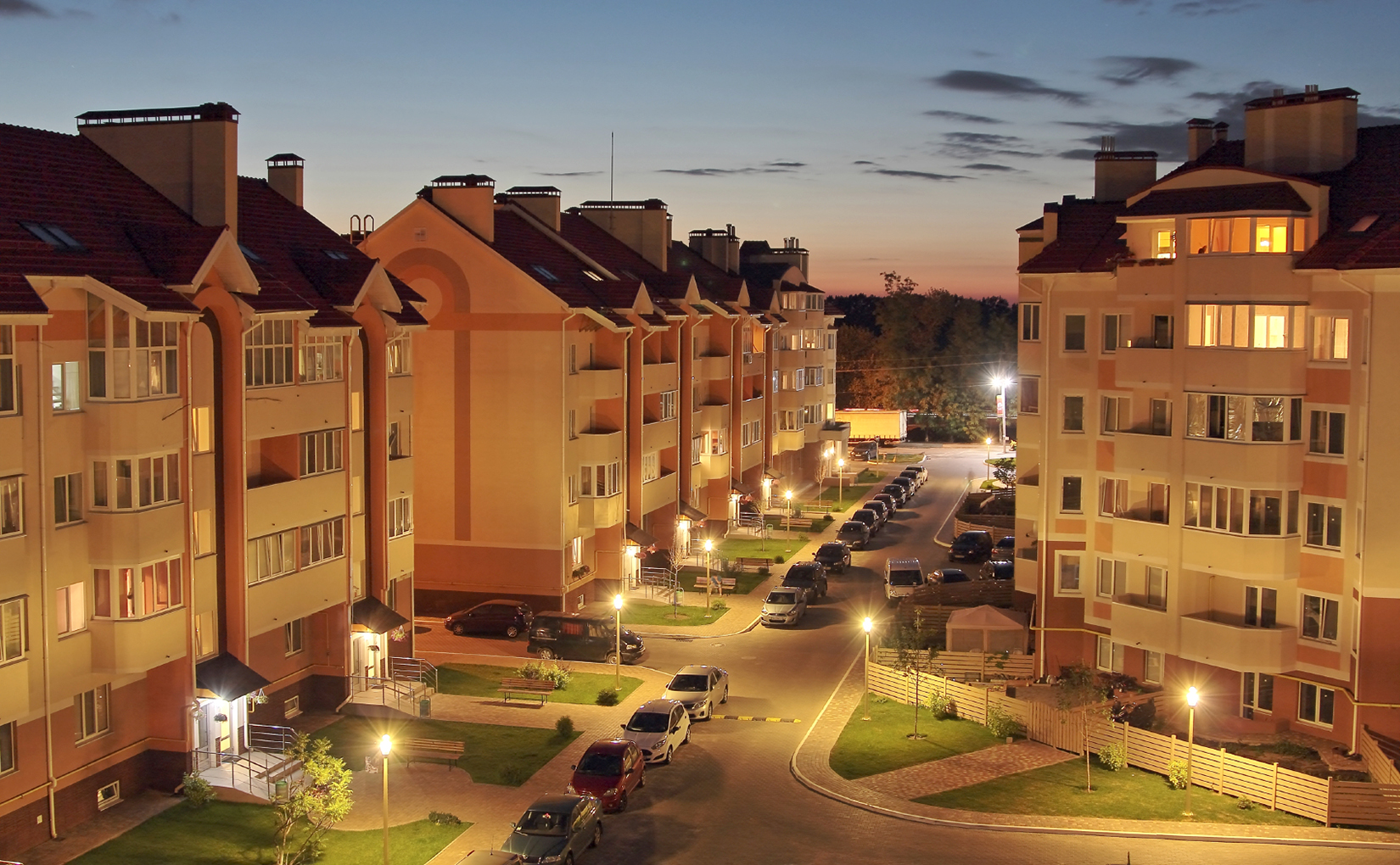Suburban Apartments Offer Aging Millennials More Space, Value

Will demand for small apartment assets in suburban corridors increase as aging millennials leaves cities looking for value, space and schools?
It comes as no surprise that apartments in the suburbs are larger than apartments in the the urban core. Not only that, the mix of apartments in the suburbs includes a larger number of two- and three-bedroom units, and relatively fewer studios and one-bedroom units. As we described in our previous post — Unit Mix: Small vs Large Apartment Assets — more than half the units in large buildings have just one bedroom.
As it turns out, the relationship between location and unit mix is relatively weak for large buildings with 50 or more apartments. When comparing urban and suburban locations in the largest 15 metro areas, the unit mix of large buildings changes only slightly. As the following chart shows, large buildings are dominated by one-bedroom units no matter where they are located. The average unit size in large urban apartment buildings is 1.32 bedrooms; in large suburban buildings, the average is only slightly higher at 1.34 bedrooms.
Irrespective of location, small buildings with fewer than 50 apartments have more two- and three-bedroom units than large buildings. But in contrast with large buildings, location plays a significant role for smaller properties. In the suburbs, 47 percent of units in small buildings are two-bedrooms, compared with 39 percent of units in small urban buildings. The average unit size for small buildings in the urban core is 1.48 bedrooms. That average jumps to 1.61 bedrooms for small buildings in the suburbs.
For a larger household looking for rental options, our findings point to smaller buildings located in the suburbs that have fewer in-place amenities. As Millennials age and look to suburban neighborhoods offering high-quality public schooling options, the demand profile of these properties will likely strengthen. In the present, the analysis also suggests that larger households looking for amenity-rich options in the urban core may be underserved by today’s stock of apartments.

